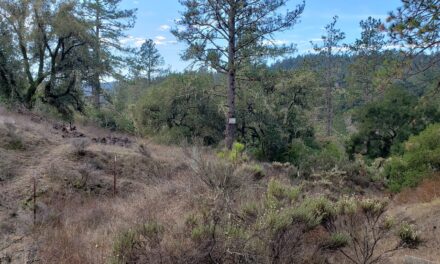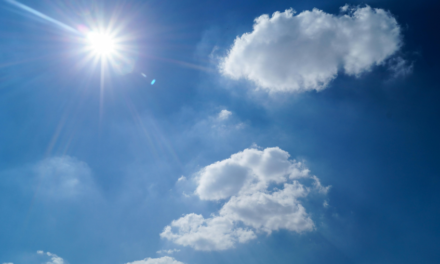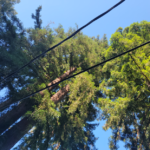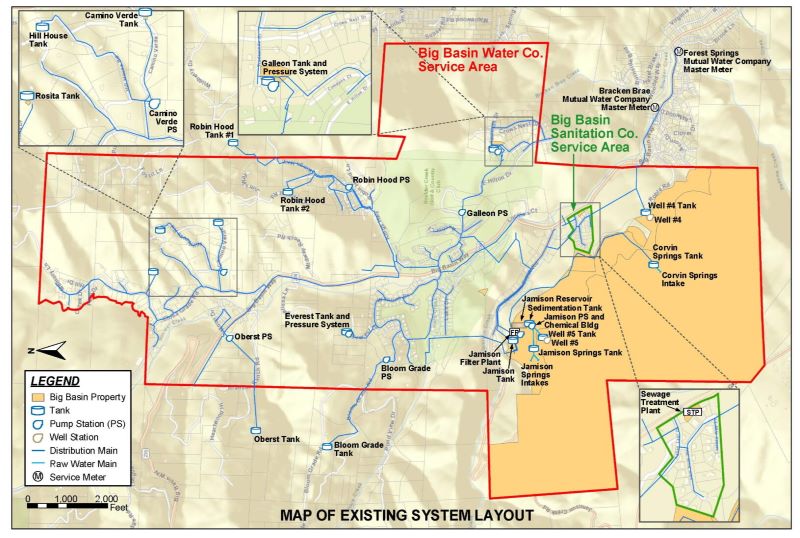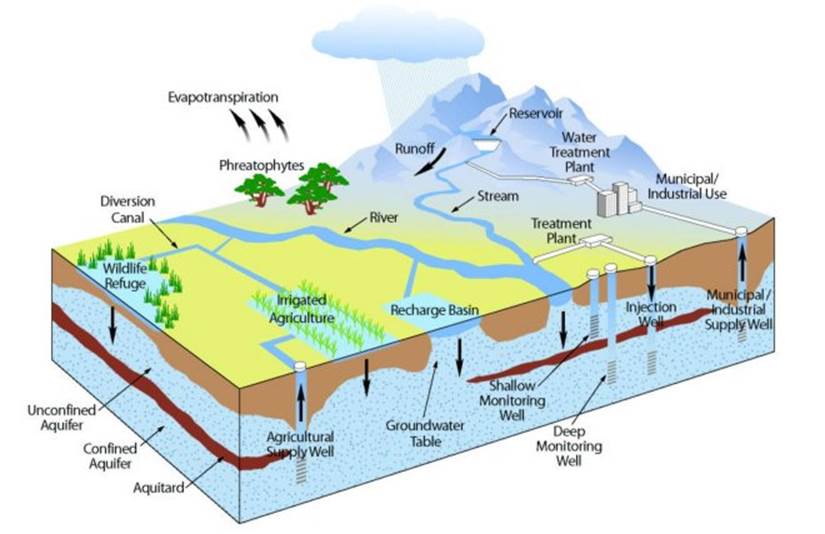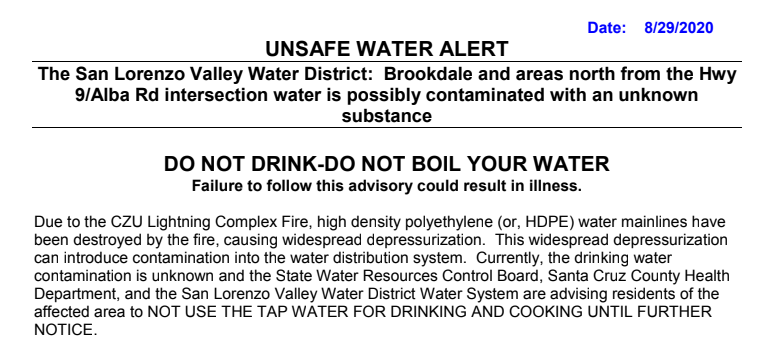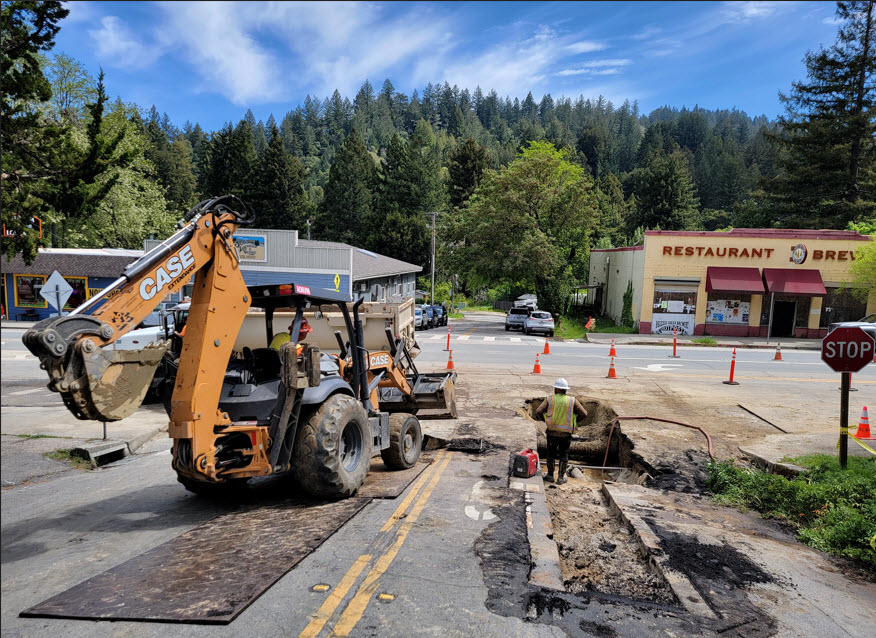
Support the SLV Water Rate Increase
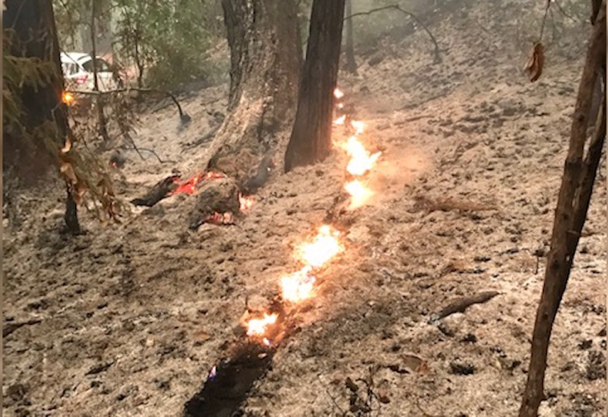
By Mark Dolson and Jim Mosher
Friends of San Lorenzo Valley Water (FSLVW) supports the San Lorenzo Valley Water District (SLVWD) rate increase proposal. We understand why some of our fellow SLV residents are unhappy about this increase, but we still believe that the proposed new rate structure is in our collective best interest.
To be clear, we believe that reasonable people can take issue with the size of the increase and with specific details of the new rate structure. For example, someone could identify some specific cost-control measure that the district has failed to consider. Someone else may believe that SLVWD has significantly underestimated its future revenue requirements. A third person might reasonably believe that some variation on the proposed tiered rates would be superior to the version the Board approved.
There are three reasons, though, why we strongly urge even people with these specific concerns to support the rate increase proposal.
First, FSLVW has paid very close attention throughout the entire 2023 process of developing the proposed new rate structure. The District adhered closely to the process specified by Proposition 218, which was approved in 1996 with the specific goal of protecting California ratepayers from ill-advised rate increases. FSLVW doesn’t necessarily endorse every detailed decision made by SLVWD over the course of this process, but we still came away with great respect for both the care and transparency with which SLVWD staff and Board dealt with an extremely complex and challenging task. In short, FSLVW believes the new rate structure is the responsible result of a sound process.
Second, a significant rate increase is imperative for SLVWD to continue to provide safe, reliable water to SLV residents. The District requires major repairs and upgrades, faces increased operating costs, and needs to replenish its reserves. All five elected members of the Board of Directors have studied this issue in depth, and all five agree that rates must increase for SLVWD to remain financially solvent.
Third, if the proposed rate structure were overturned, the Board would have no choice but to devise a new rate increase as rapidly as possible. It would probably take at least six months for a revised rate increase to take effect, and this amended increase would need to explicitly make up for the additional six months of insufficient revenue (totaling at least half a million dollars). Meanwhile, SLVWD’s reserve funds would not be replenished, exposing the District to increased risk in the event of, say, further storm damage this winter.
We note that the culmination of the Proposition 218 process is essentially a community referendum on the District’s execution of this process. Members of the community were invited to air both their questions and concerns in a public meeting on January 20th and will again at a public hearing on February 15th. Ratepayers who remain unpersuaded of the wisdom of the rate increase can formally object, and the proposed rate increase will be rejected if more than 50% of ratepayers register formal objections.
The Proposition 218 process differs from the more familiar one in which the outcome is determined by a majority of the yes-or-no votes actually cast. Here, only “no” votes are counted, and these “no” votes must be explicitly cast. This does not mean, though, that the Proposition 218 voting process is somehow less “democratic.” The underlying assumption is that the community trusts the elected Board to responsibly represent its best interest. This makes sense because the relevant issues are complex, and the elected Board members generally devote far more time and expertise to their decision-making than most members of the public. A “no” vote suggests that a ratepayer has scrutinized the process and found it seriously deficient.
Also, it is important to understand how and when different rate-related concerns are most appropriately addressed. Concerns about details of the tiered rates would have been most appropriately raised during the public review process this past fall. Concerns about the District’s budget and cost-control measures, though, are dealt with separately during the annual budget review process. This process gives both Board and ratepayers the opportunity to review projected expenditures and develop strategies for reducing costs, addressing unanticipated new expenses, and incorporating new revenue sources. The Board and staff can facilitate ratepayer confidence and engagement in the budget process by explicitly identifying and justifying cost increases and noting any alternatives that have been considered and rejected. FSLVW will be actively engaged in the budget process and urges other ratepayers to be involved as well.
Lastly, even though FSLVW strongly supports the proposed rate increases, we remain concerned about their impact, particularly on low-income residents. We have been strong advocates for the Rate Assistance Program (RAP) and will advocate for a significant increase to the benefits in the coming months. In addition, we will also research other means to help low-income ratepayers who do not qualify for the RAP program.
NOTE: FSLVW has separately compiled an extensive set of questions and answers about the proposed rate increase in which we seek to provide purely objective information independent of our recommendation above. Please see our FSLVW Rate Increase FAQ at: friendsofsanlorenzovalleywater.org/hot-topics-rate-increase.
The Friends of San Lorenzo Valley Water is a group of local residents working to ensure clean and healthy water for all who live in the SLV.
***
Have a local news item to contribute? The San Lorenzo Valley Post welcomes your Santa Cruz Mountains news, story ideas, photos, and letters. Send us an email.
Sign up for our newsletter to stay connected to news and events in the Santa Cruz Mountains.

